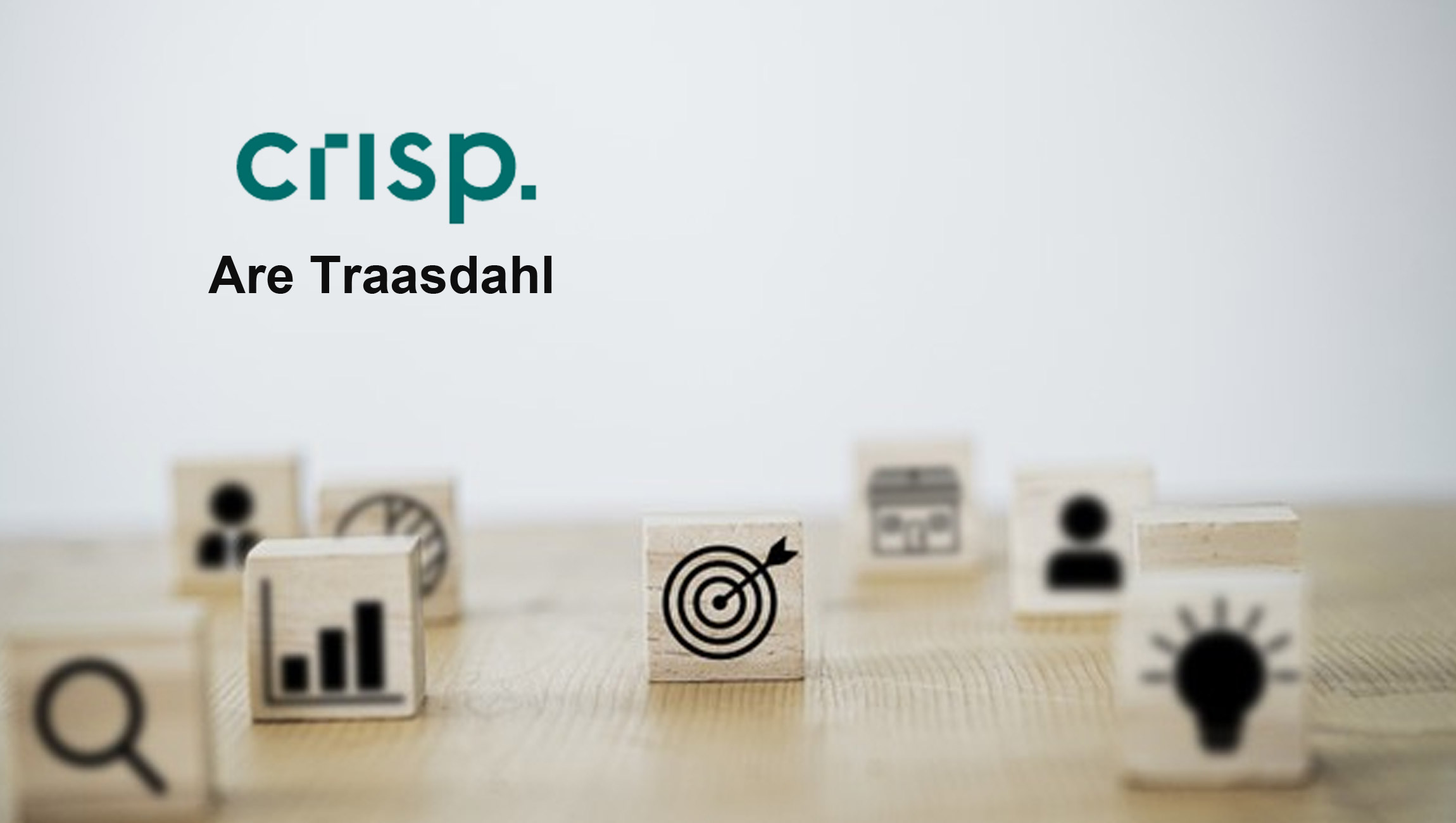To launch or not to launch; that is the question!
In 2020, Coca-Cola announced it was cutting entire product lines—including Odwalla Juice—to “ruthlessly prioritize core brands and SKUs,” according to CEO James Quincey. After seeing this move, marketing teams at other brands may have started rethinking plans to launch new beverages into the market. After all, Coca-Cola pulled back.
Marketing Technology News: Avatier Unveils 2021 Spring Release Identity Anywhere Suite
But there are signs that the pandemic has been a good time to test new products and marketing approaches with consumers. In fact, preferences and buying trends are creating the ideal landscape to launch a new beverage, or even start a new beverage company. For example, direct-to-consumer (DTC) and e-commerce sales are helping beverage brands skip (or supplement) grocery store sales. And a growing consumer preference for natural and healthy products is giving other beverage companies a boost.
Multiple beverage companies decided to test this approach in 2020, taking advantage of new sales and marketing channels and behaviors. Olipop launched a new orange flavored sparkling prebiotic tonic. Consumers got an Oat Milk Latte with Hemp Cream from Slingshot Coffee, five new blends from Chamberlain Coffee and Cacao Water from the new CPG brand Blue Stripes.
And another beverage brand, Flow Hydration, enjoyed one of its most successful product launches — a collagen-infused water — in 2020. Learning from this experience, Flow Hydration CEO Nicholas Reichenbach and I took a look at four ways brands can increase the chance of a successful beverage launch, even in the most challenging times.
Leverage Data for Targeted Marketing
According to McKinsey, fifty percent of launches don’t reach their intended targets. But using data to focus in on the right target audience can help marketing teams be on the winning side of that percent. Similarly, the right data can inform true market demand for a new beverage and provide insights from past launches.
In Reichenbach’s experience, a programmatic data platform that gathers and shares data from businesses across the supply chain is the best way to gain rich insights into consumer preference and demand. This type of data platform creates connectors to retail and market data portals and allows brands to connect and analyze vast data sources in one place, providing real-time insights on sales activities, inventory levels, promotions, pricing, discounting, category performance and more.
Using a programmatic commerce approach, marketing teams can tap directly into data sources like NielsenIQ Retail Measurement market data. NielsenIQ collects consumer sales information from more than 900,000 stores, giving marketers the deep insight needed to optimize marketing and promotions down to the local or store level.
But companies without access to a full data solution can still leverage data to position their launch for success. For example, analyzing internal data on previous releases and using Google Trends are free ways to estimate potential demand, evaluate promotion ideas and avoid repeating mistakes from past launches. Even something as simple (and inexpensive) as social listening can help companies collect data: Canned wine brand BABE, for example, develops ideas for new products and advertising by listening to customers on Instagram.
Rethink Distribution Channels
Online shopping during the pandemic has fueled the already-growing trends of DTC and e-commerce sales. This means beverage brands launching new products may need to rethink physical distribution plans. But it also means marketing in a way that pushes shoppers to those channels.
Some brands jumped on this trend by quickly pivoting to direct-to-consumer sales. When COVID hit, Ghia—a new company that sells all-natural non-alcoholic aperitifs—considered waiting out the pandemic. But they decided there was a need for their product, and hastily replaced plans for a soft launch in restaurants with a DTC sales approach. This changed everything about their process, from sourcing and production to design, packaging and marketing — and the company quickly hit its pre-pandemic sales goals, making the switch worth the effort.
Other beverage brands are turning to e-commerce to get new products into the hands of consumers during the pandemic. “E-commerce has never been more important,” says Reichenbach. “People want products delivered to their house. And that’s not going away…it’s just going to get bigger and bigger. So, we really need to retool our businesses to capture consumer needs and wants.”
Tap into Healthy Habits
Introducing a health-oriented drink, or promoting the health benefits of a new product, can also give beverage brands an advantage in the pandemic marketplace. Zion Market Research says that the global functional food ingredients market is expected to rise from almost $64 million in 2018 to about $100 million by 2025.
It’s no coincidence that some of the successful product launches mentioned above are in the health food or functional food categories, incorporating ingredients like oat milk, prebiotics, collagen and hemp. “It’s a good time to be in natural grocery and CPG products,” says Reichenbach. “Everyone needs to take care of themselves—but even more so in a pandemic.”
Marketing teams would do well to focus on the trending aspects of products, as consumers look for ways to stay healthy and active despite quarantines and social distancing. Products that speak to mental wellness, providing a boost of energy and reducing stress or anxiety do well during times of turmoil so don’t miss the opportunity to focus marketing messages around these consumer needs.
Marketing Technology News: MarTech Interview with Ben Brenner, VP of Business Development and Strategy at Digital Remedy
Market Creatively though Partners
Beverage brands that once relied on retail merchandising and in-person sampling have had to find different ways to promote new drink products. “Merchandisers are not allowed in the stores,” says Reichenbach. “There’s limited traffic allowed in stores and store managers want people buying groceries, not people going in and merchandising.”
In response, “We’ve been doing more bespoke programs with retailers to drive awareness,” Reichenbach says. “We’ve been working with retailers to retool their e-commerce business to accommodate our consumers who are going into their portals—like walmart.com, amazon.com and loblaws.com—so that we can get our products to them.” One successful marketing initiative was to offer product samples that retailers could include in customer orders.
The coronavirus pandemic has hit many businesses hard. But creative beverage brands can come out on top by using market and channel data to target the right buyers, focusing on products that meet consumers’ desire for health and taste, rethinking distribution and working with retail partners to market and promote new beverages in ways that resonate with today’s consumer.











